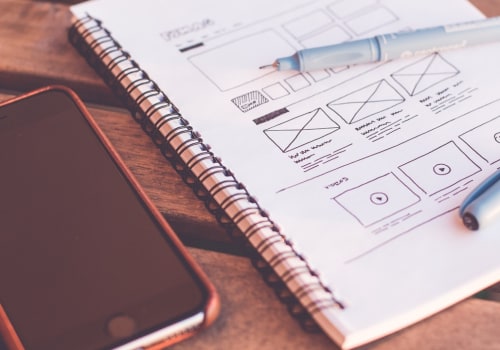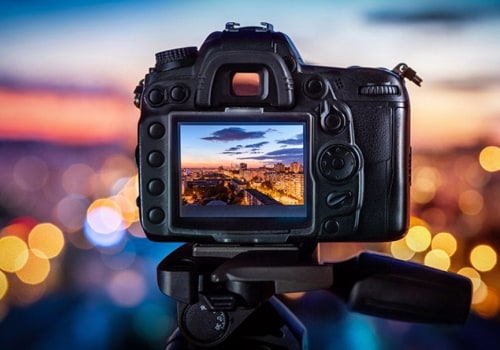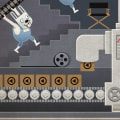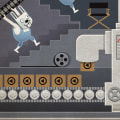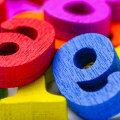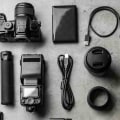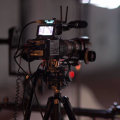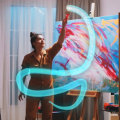Storyboarding is an essential part of the video production process, as it helps to avoid unnecessary costs or delays. There are a variety of different types of storyboards used in video production, each with its own advantages and disadvantages. Traditional storyboards include a series of conceptual sketches in pencil that help the writer, producer, and director to visualize their initial idea before filming or animation begins. Digital storyboards are perfect for animated videos because you can use the exact graphics that will be shown in the final video.
At Wyzowl, we use digital storyboards because all of our graphics are tailor-made for our customers, so it's important to make sure that they are accurate before starting the animation. Creating a storyboard is relatively easy. One of the simplest ways to do this is to take pictures with a digital camera or smartphone and go through the list of shots. You can also create a digital storyboard with software such as Adobe Illustrator or an equivalent, such as Inkscape or Gravit. Then add some text to turn it into a traditional storyboard. There are 11 types of animation that are especially popular among brands.
We've reviewed each style and included some incredible examples to inspire you. List of shots: it is a document that lists and describes the shots that will be filmed during the main photograph. Sketch board: A hand-drawn sketchboard to show action in every shot. Screenplay: a refined version of a storyboard with a square for each scene. People make storyboards to express their vision of a scene.
While it takes a little time to create a good storyboard in the beginning, it saves a lot of time in the process. The best storyboards use stick figures or sketches in the style of comics to show close-ups, wide shots, points of view (point of view), special effects and everything else that appears in the list of shots. We hope that these storyboard examples will help you to see how storyboarding is an integral part of the video production process when you set out to create your own blockbuster. Although it may seem like an optional “intermediate” step, a storyboard is an essential component of video production, as it helps to avoid unnecessary costs or delays. The type of storyboard you create will depend on the video you're making and who is involved in the creative process. If you're working with a team of creatives and also with a client, your storyboard will have to be clearer and more detailed so that everyone understands what the video will look like before production begins. A new video can be a big investment and a long-term asset for your company, so it makes sense that you understand what the final product will look like before production begins.
The storyboard provides the opportunity to fully prepare the rest of the team for any video production. As you move from video to storyboard, you can see how the storyboard artist plotted this scene in great detail. If there are disagreements between your team or if changes are required, it's much easier to do them in the storyboard phase than when the video has been filmed or animated. And if there is a producer of your video ad, all production costs will be calculated twice as fast. All interested parties should view the storyboard before starting to record or animate the video.
